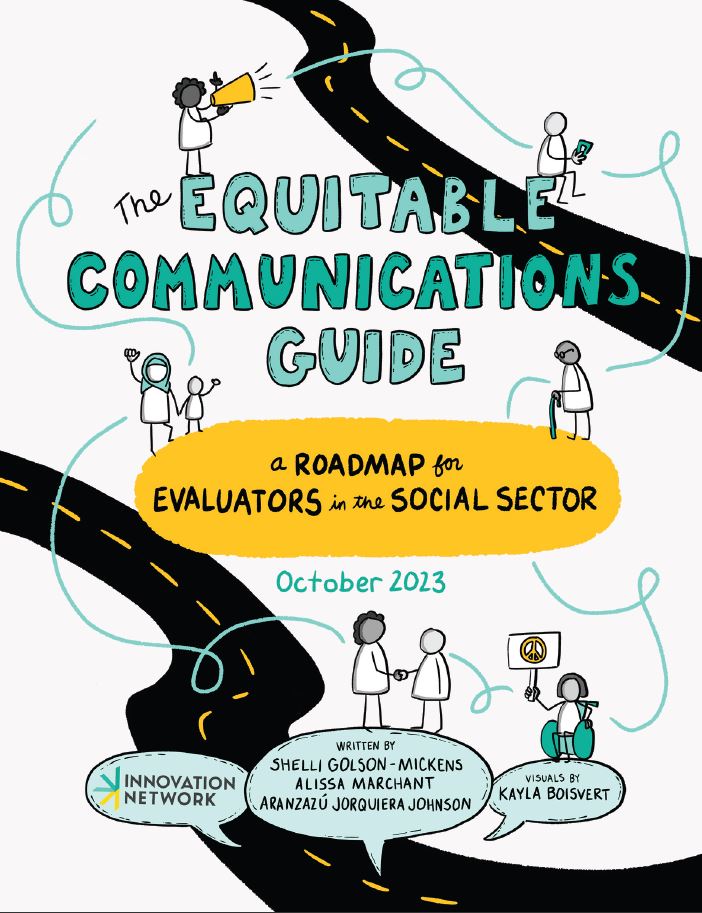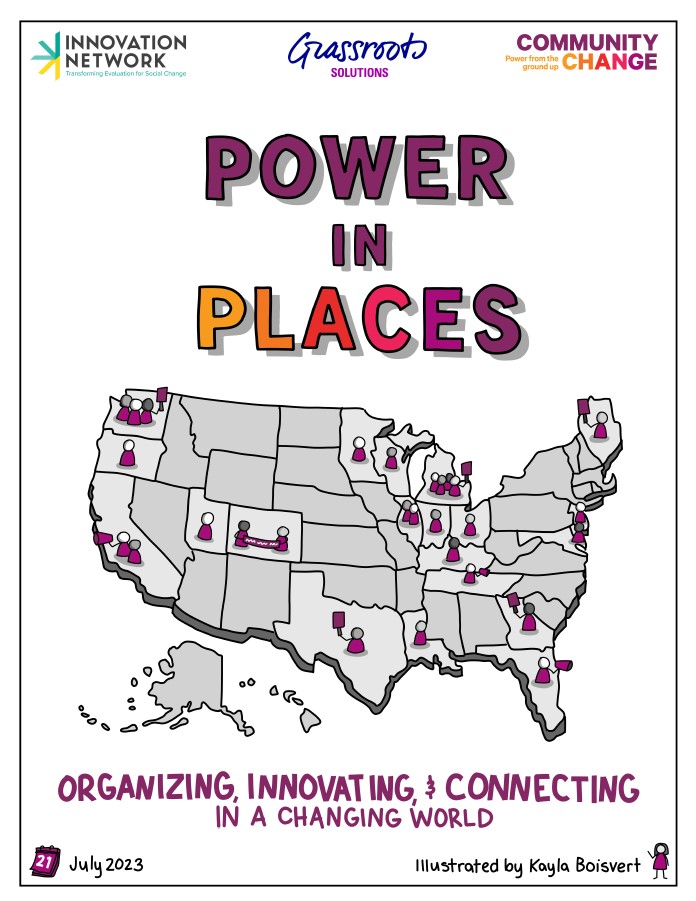Your browser is ancient! This site is not intended for display in out-of-date browsers. To access the site, please upgrade to a different browser.
Data Visualization
We support our clients and partners by creating effective data visualizations to share findings and lessons learned.
Purposefully and effectively sharing data requires thoughtful design.
Overly complicated visualizations can be difficult to understand, while intentional and intuitive visualizations help viewers follow your story and clearly receive your message. Storytelling through data visualization, or “dataviz,” is one of the most effective ways to gain support for a cause or to share the successes and failures of a program or initiative.
Our staff possess deep knowledge of data visualization techniques, and a creative drive to maximize the communication power of data and findings. If you are looking to bridge the gap between spreadsheets and effective visual explanations, we can help.


